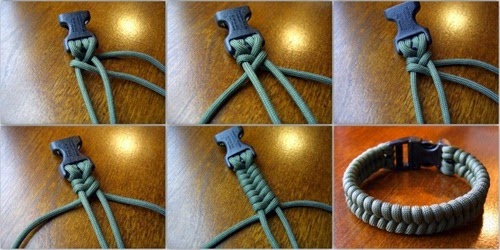Beijing to Lhasa by train:
Beijing-Lhasa is 4,064 km, of which 1,110 km are over the newly-built Qinghai-Tibet railwayTrain T27 will start from Beijing West Railway Station at 21:30 and arrive at Lhasa Railway Station at 20:58 on the third day after 47 hours and 28 minutes' running. Train T28 will depart from Lhasa Railway Station at 8:00 am. and arrive in Beijing west at 8:00 am on the third day with a 48-hour-trip.
| From-To | Distance (km) | Hard Seat Price | Hard Sleeper Price | Soft Sleeper Price |
| Beijing West-Lhasa | 3753 | 389 Y (US$49) | 813 Y (US$102) | 1,262 Y(US$158) |
Beijing-Lhasa is 4,064 km, of which 1,110 km are over the newly-built Qinghai-Tibet railway.
Detailed Itinerary of Beijing to Lhasa Train
| Stops | Arrival | Departure | Stop Time (Mins) | Day | KM`s |
| West Beijing | 20:09 | ||||
| Shijiazhuang | 22:44 | 22:46 | 02 | Day1 | 277 |
| Taiyuan | 00:53 | 01:01 | 08 | Day 2 | 1200 |
| Zhongwei | 07:33 | 07:41 | 15 | Day 2 | 1200 |
| Lanzhou | 13:04 | 13:19 | 15 | Day 2 | 1876 |
| West Xining | 15:50 | 16:10 | 20 | Day 2 | 2092 |
| Golmud | 01:38 | 01:58 | 20 | Day 3 | 2922 |
| Nagchu | 11:18 | 11:24 | 06 | Day 3 | 3742 |
| Lhasa | 16:00 | - | - | Day 3 | 4064 |
Better Options :
- fly to Xining (Siling in Tibetan), stay there at least 2-3 days, and then take the train to Lhasa, or
- fly in to Lhasa and take the train out of Lhasa at the end of your visit
2. Alaska






























